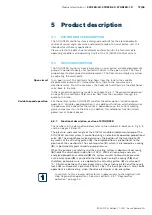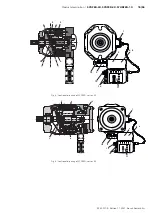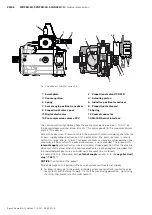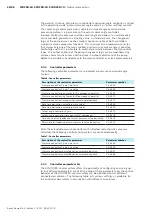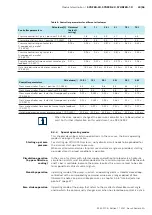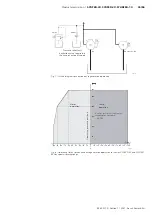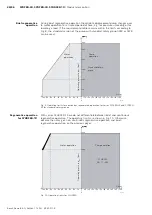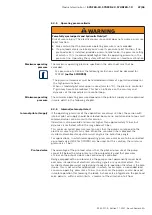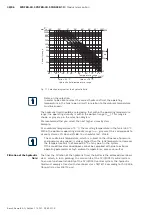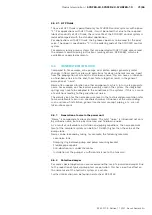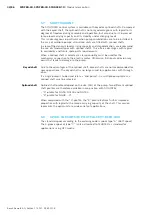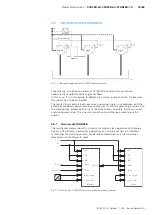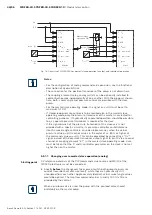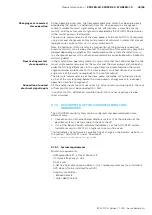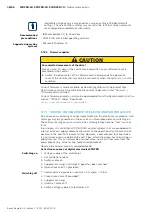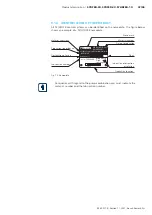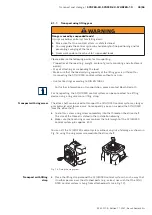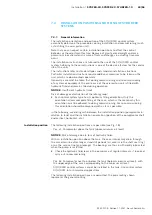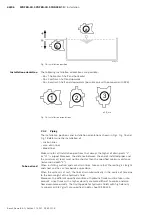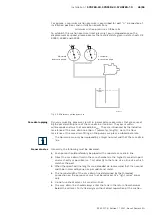
RE 30017-B, Edition 11.2021, Bosch Rexroth AG
Product description |
SYDFED-2X, SYDFED-3X, SYHDFED-1X
31/96
5.5.2.1 HFC fluids
The use of HFC fluids is permitted only for SYHDFED control systems with option
“F”. For applications with HFC fluids, it must be noted that, due to the reduced
lubrication ability of HFC fluids, the service life of the SYHDFED control system is
reduced compared with the standard application.
For applications with HFC fluids, the 4-groove spool has to be used for the pilot
valve. The spool is specified by “C” in the ordering code of the SYHDFED control
system.
For commissioning pump systems that are operated with HFC fluids, please read
the relevant commissioning instructions (among others, RE 92053), which are
available as separate documents.
5.6
GENERATION OF NOISE
Compared to, for example, vane pumps, axial piston pumps generate greater
changes in flows and thus pressure pulsations for design-inherent reasons. Apart
from the propagation of air and structure-borne noise, this can have an influence
on fluid-borne noise. In the end, these factors together result in the general
perception of “noise”.
Noise often induces vibration on other components, which, in turn, also generate
noise. For example, on check valves possibly used in the system, the integrated
springs may have to be adapted to the conditions of the systems, if this is a cause
of excitations leading to the generation of noise.
The details given for the noise pressure level in the technical documentation refer
to measurements taken in an anechoic chamber. Influences of the surroundings
such as place of installation, general mechanical concept, piping, etc., are not
taken into account.
5.6.1 Generation of noise in the power unit
“Noise“ is composed of various elements. The total “noise” is influenced not only
by air-borne noise, but also by structure- and fluid-borne noise.
As a result of unfavorable installation and piping conditions, the noise pressure
level of the complete system can be 5 to 10 dB(A) higher than the value of the
pump alone.
Noise can be reduced by taking, for example, the following measures:
• Low-noise tank
• Damping ring between pump and pump mounting bracket
• Flexible pipe conduit
• Anti-vibration rails under the motor
• Installation of the pump at a sufficient distance to the tank wall
5.6.2 Pulsation damper
For some special applications, we recommend the use of a pulsation damper. Due
to the reduction of typical pump pressure pulsation, this has a positive effect on
the noise level of the hydraulic system as a whole.
Further information can be found in data sheet RE 50142.

